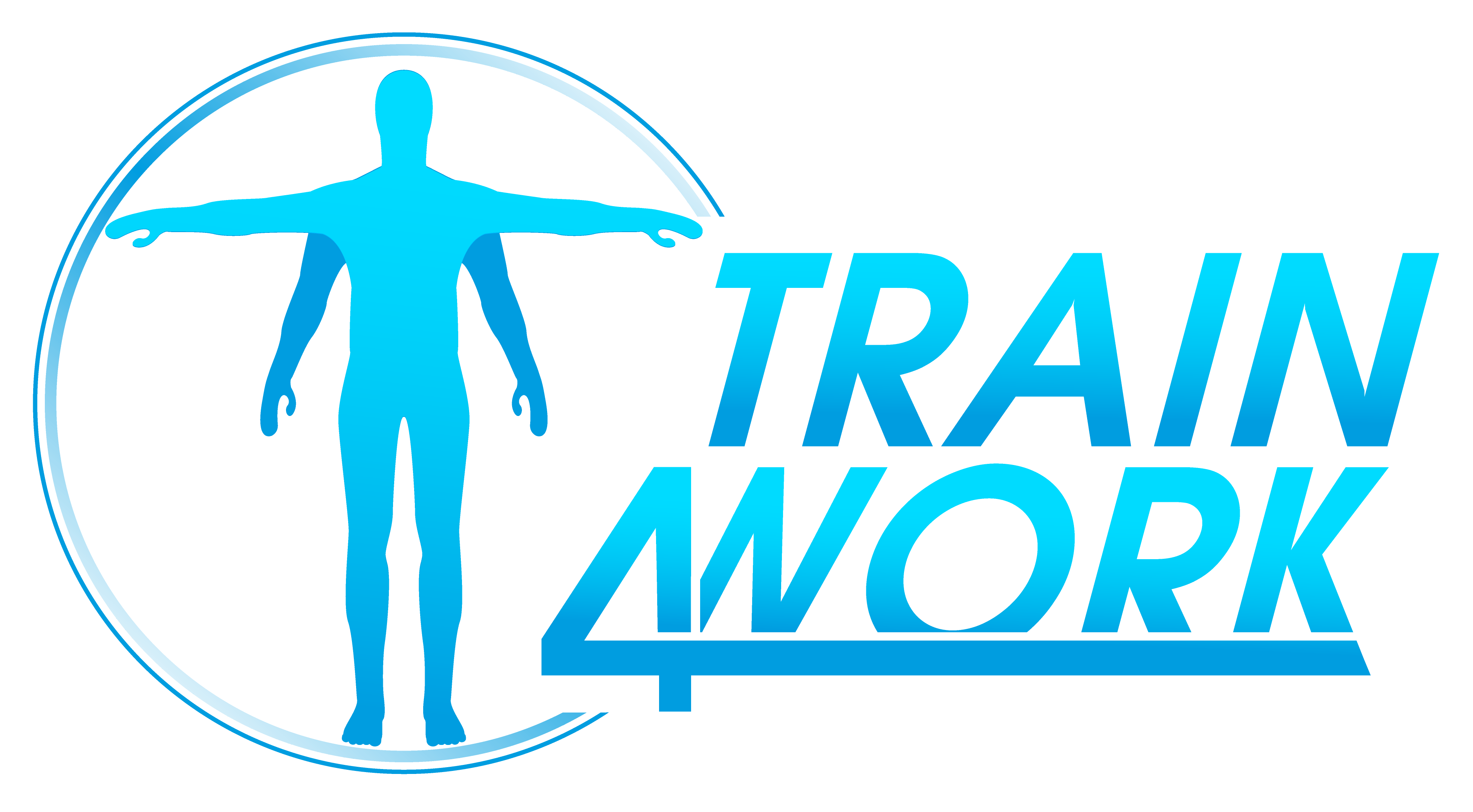- NEWS
- What is FEES?
- What is ergonomics?
- Members
- Committees
- Projects
- European month of Ergonomics
- Healthy Workplaces Partnership
- 2014-15 Healthy Workplaces Manage Stress
- 2016-17 Healthy Workplaces for All Ages
- Benchmarking Event 2014
- Digitisation of Work – EU-OSHA Campaign
- EU OSHA award to FEES
- Musculoskeletal health promotion starts at school
- OSHA 2014 spring
- Official campaign partner meeting 2017
- Supporting musculoskeletal health in the workplace
- Webinar
- Ergonomics and Machinery
- Ergonomists’ work & salaries in Europe On-line survey
- Future of work
- Practices
- TRAIN4WORK
- Events
- Resource material
- Books
- Contact us
- Calendar
A brilliant priority area of the Lighten the load campaign is changing the perception of workplace wMSD management
Tue, 09/06/2022 - 11:15 — ComPromCom


Federation of the European Ergonomics Societies is an official campaign partner of EU-OSHA to make the 2020 - 2022: Healthy Workplaces Lighten the Load campaign a success.
Evidence suggests that psychosocial risks and musculoskeletal disorders are so closely related that they are best treated together. The consensus is that many factors contribute to the development of MSDs at work, especially physical aspects (awkward working positions, vigorous movements, repetitive tasks, etc.).
Although physical risk factors are usually the primary work-related influence on the risk of MSD, psychosocial factors at work can significantly contribute to the risk of developing MSD and exacerbate an existing problem. Psychosocial factors may also hinder the return to work (or finding work) for patients with chronic MSD. In addition, MSD (especially when it leads to chronic pain) can lead to psychosocial problems such as depression and stress.
Psychosocial factors associated with MSDs
- excessive workloads,
- conflicting demands and lack of clarity over the role,
- lack of involvement in making decisions that affect the worker and lack of influence over the way the job,
- poorly managed organisational change,
- job insecurity,
- ineffective communication,
- lack of support from management or colleagues,
- psychological and sexual harassment, third-party violence,
- low job satisfaction.
Possible pathways from psychosocial risk factors to musculoskeletal disorders
- Increased muscle tension will affect the biomechanical loading of muscles and tendons, increasing the risk of overload.
- Many MSDs disrupt the balance between tissue damage and repair, leading to inflammation. Stress-induced changes in repair mechanisms further disturb this balance and can overwhelm tissue repair processes.
- Other mechanisms also act indirectly: e.g. perceived stress can lead to increased awareness of pain (pain perception) or decreased pain tolerance.
Even within the limitations of the existing legal framework, there are indications that many employers are not engaging in the risk assessment and prevention process. It is unclear to what extent this is specific to musculoskeletal disorders or whether it extends to other workplace safety risks. However, it's already clear that fixing legislative gaps will not solve this problem, and action is needed to solve it. Reasons for non-acting can be manifold and include a lack of awareness of the need; and a lack of motivation, presumably resulting from a failure to perceive activities as risky or resulting in a fatalistic attitude that sees such risks as inevitable or "part of the job" and therefore unchangeable. Such unaware perceptions spill over into the workforce, creating a further barrier to effective action. (More information here)
Ergonomists in Europe are committed to reducing the risk of work-related musculoskeletal disorders. We promote a participatory, holistic approach to increase efficiency, reduce workplace adverse health effects, and improve job satisfaction.






